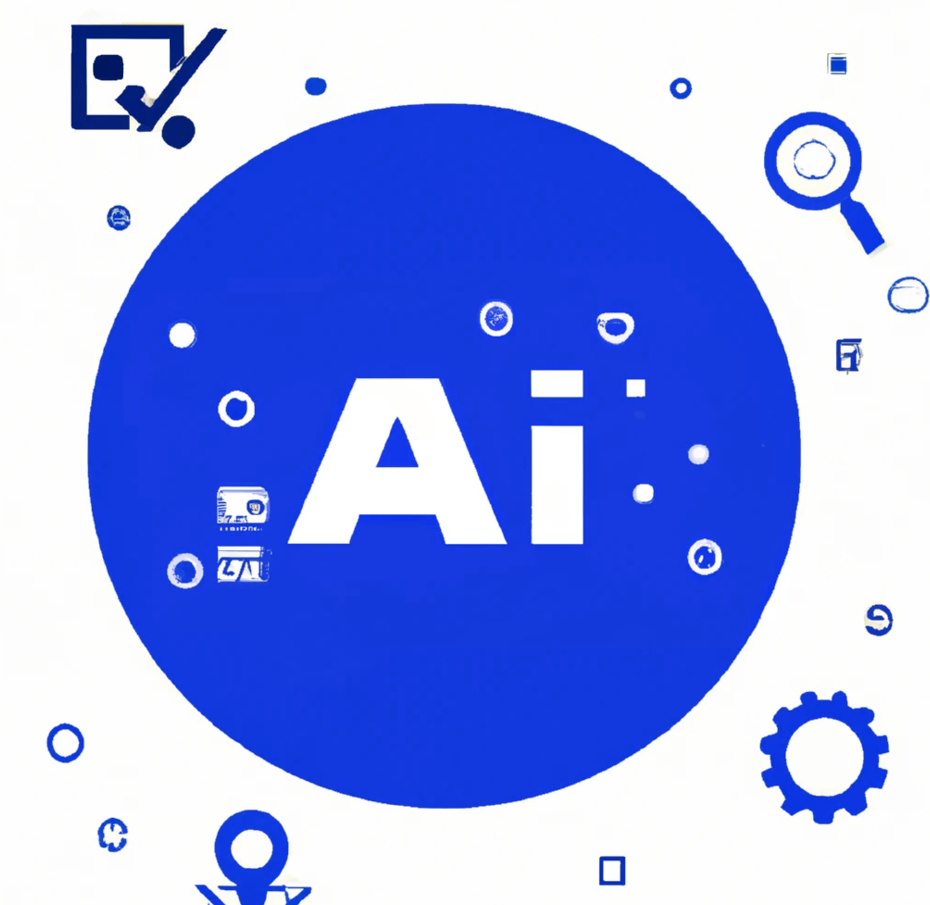Sign language is an essential mode of communication for the Deaf and Hard of Hearing community. The integration of artificial intelligence (AI) is bringing about a significant transformation in the world of sign language, making it more accessible and inclusive than ever before. In this extensive blog post, we’ll explore the latest trends, key insights, and practical tips related to the AI-driven evolution of sign language. Join us on this journey to discover how AI is revolutionizing communication and breaking down barriers for millions.
1. Introduction The AI-Driven Evolution of Sign Language
Communication is a fundamental aspect of human interaction. For the Deaf and Hard of Hearing community, sign language is a lifeline. The introduction sets the stage for our exploration of how AI is reshaping the landscape of sign language, making it more accessible and inclusive.
2. Sign Language: A Rich and Diverse World
Before delving into the AI-driven evolution of sign language, it’s crucial to understand the rich tapestry of sign languages worldwide. In this section, we explore the diversity, importance, and cultural significance of sign languages.
2.1 The Global Spectrum of Sign Languages
Sign languages aren’t universal; they vary across countries and regions. We’ll delve into the global spectrum of sign languages and the importance of recognizing and preserving this diversity.
2.2 The Cultural Significance of Sign Languages
Sign languages are more than just communication tools; they are an integral part of the cultural identity of Deaf communities. We’ll discuss the cultural significance of sign languages and the need for cultural preservation.
3. The Role of AI in Sign Language Evolution
AI technologies are driving a revolution in the world of sign language. This section explores the various ways in which AI is enhancing accessibility and communication for the Deaf and Hard of Hearing.
3.1 Natural Language Processing for Sign Language
Natural Language Processing (NLP) technologies are being applied to sign language, enabling text-to-sign and sign-to-text translation. We’ll delve into how these technologies work and their practical applications.
3.2 Computer Vision and Sign Language Recognition
Computer vision technology plays a vital role in recognizing sign language gestures and translating them into text or speech. We’ll explore the mechanics of sign language recognition systems and their impact.
4. AI-Powered Sign Language Interpretation
AI-powered sign language interpretation has the potential to bridge communication gaps. This section highlights the significance of AI-driven sign language interpretation and its impact on the Deaf community.
4.1 Enabling Sign Language-to-Speech Translation
AI technology is making sign language accessible to the hearing community through sign language-to-speech translation. We’ll discuss how this innovation is breaking down communication barriers.
4.2 Facilitating Speech-to-Sign Language Translation
Conversely, AI can also translate spoken language into sign language, enabling hearing individuals to communicate with the Deaf community. We’ll explore the practical applications of this technology.
5. Applications and Real-World Impact
The real-world applications of AI in sign language are transformative. In this section, we showcase real-world examples of The AI-Driven Evolution of Sign Language technologies and their impact.
5.1 Educational Advancements
AI-powered educational tools are revolutionizing the way Deaf individuals learn and interact with their peers. We’ll discuss how these tools are enhancing Deaf education and fostering inclusion.
5.2 Accessibility in Public Spaces
AI-driven sign language interpretation services are becoming more prevalent in public spaces, from government offices to healthcare facilities. We’ll explore how these services are enhancing accessibility for the Deaf and Hard of Hearing.
6. Challenges and Ethical Considerations
The integration of AI in sign language comes with its set of challenges and ethical considerations. We’ll discuss issues related to data privacy, bias, and the digital divide in AI-driven sign language solutions.
6.1 Data Privacy and Security
Safeguarding user data is paramount. We’ll explore the data privacy measures and security protocols that should be in place for AI-driven sign language solutions.
6.2 Addressing Bias and Fair Representation
AI algorithms can unintentionally perpetuate bias. We’ll discuss how to ensure that AI interpretation of sign language is fair and unbiased, and how to provide representation for all sign languages.
6.3 Bridging the Digital Divide
Not all Deaf individuals have equal access to AI-powered sign language technologies. We’ll explore the importance of bridging the digital divide and ensuring that AI benefits all, regardless of their socio-economic background.
7. The Future of Sign Language with AI
The future of sign language, augmented by AI, is promising. This section explores the potential for more advanced AI technologies, increased accessibility, and improved communication between Deaf and hearing individuals.
7.1 Advancements in AI Sign Language Interpretation
AI is continuously evolving. We’ll discuss the potential for more advanced sign language interpretation systems, including the use of AI avatars and real-time translation.
7.2 Enhanced Inclusivity and Global Collaboration
The Deaf community advocates for more inclusive practices and global collaboration in sign language recognition. We’ll explore how AI can contribute to enhanced inclusivity and foster global communication.
8. Conclusion
In conclusion, AI is ushering in a new era in sign language interpretation and accessibility, making communication more inclusive and breaking down barriers. As technology continues to evolve, we can look forward to a world where the communication gap between the Deaf and hearing communities is significantly reduced.
9. Frequently Asked Questions
Q1.What is the AI technology for sign language?
Q2.Can AI do sign language?
Q4.How is AI used in language learning?
